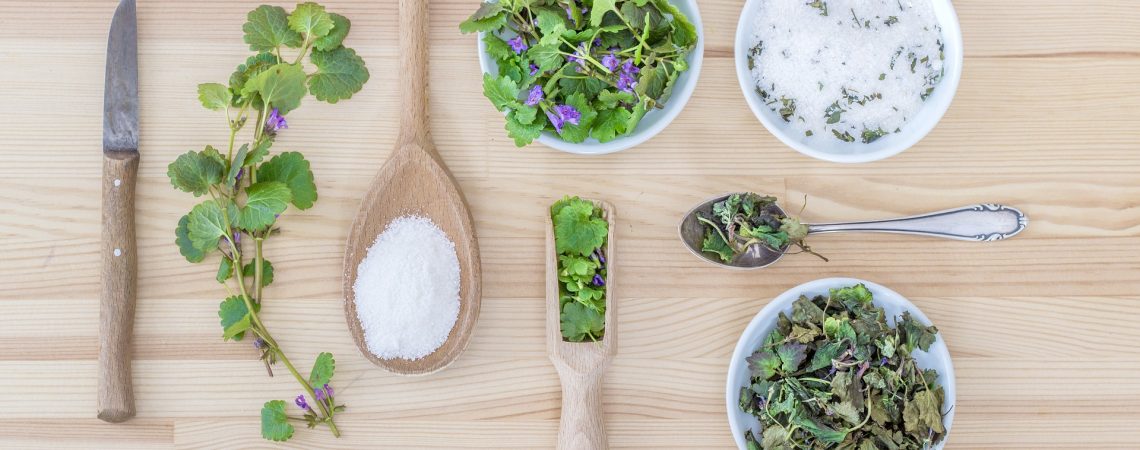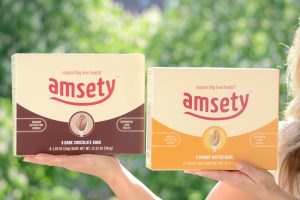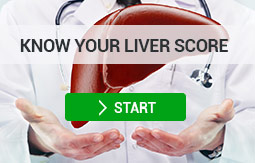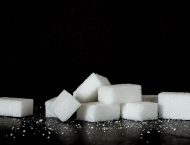Whats in this article
- Salt in all its forms
- What’s wrong with salt?
- How much salt is too much?
- Sneaky salts
- Low sodium diet tips
Salt in all its forms
Table salt is composed of 40% sodium and 60% chloride. Sodium chloride is the form in which 90% of sodium is consumed by Americans. While sodium does occur naturally in whole foods, the amount in which it exists is small enough to never cause health problems. Although sea salt is generally produced with less processing and additives than the table variety, both contain about the same amount of sodium. Thus, all types and all salt listed in the ingredients list should be consumed in moderation.
What’s wrong with salt?
High salt intake is associated with high blood pressure, heart disease, and increased risk of strokes. It increases thirst and also how much water is retained in the body. Increased water retention causes swelling in the body and puts extra stress on the functioning of internal organs. Those with liver disease are often advised to have a low sodium diet.
How much salt is too much?
The Dietary Guidelines for Americans recommend consuming no more than 2,300 mg of sodium and ideally under 1,500 mg each day. However, the average American adult ingests over 3,400 milligrams!
Sneaky Salts
Salts are added to almost every pre-made meal you buy, from restaurants to fast food. In fact, 75% of the salt that Americans consume is from restaurant meals and processed food, the main contributors of which are meat and grains.
One full cheeseburger from a fast-food restaurant contains about 1,500 mg of sodium – already your daily recommended amount! And that’s without lunch, dinner, and your side of fries. In fact, 1 teaspoon of salt is approximately 2,300 mg sodium, so it’s easy to consume too much if you’re not careful. Even seemingly healthy options, such as a cup of soup and a sandwich, contain a total of 2,200 mg of sodium.
Low sodium diet tips
To reduce sodium, cook at home and use black pepper, lemon juice, and spices for extra flavor as an alternative. If you buy packaged food, read the nutritional label. Foods containing 35 mg of sodium or less per serving are considered very low in sodium. Those containing 140 mg or less are classified as low sodium.
Learn about how to keep your liver healthy with Lauren Wagner RD and Amsety by watching this short video.
References
sodiumbreakup.heart.org
mayoclinic.org
cdc.gov

 (442) 244-5115
(442) 244-5115















